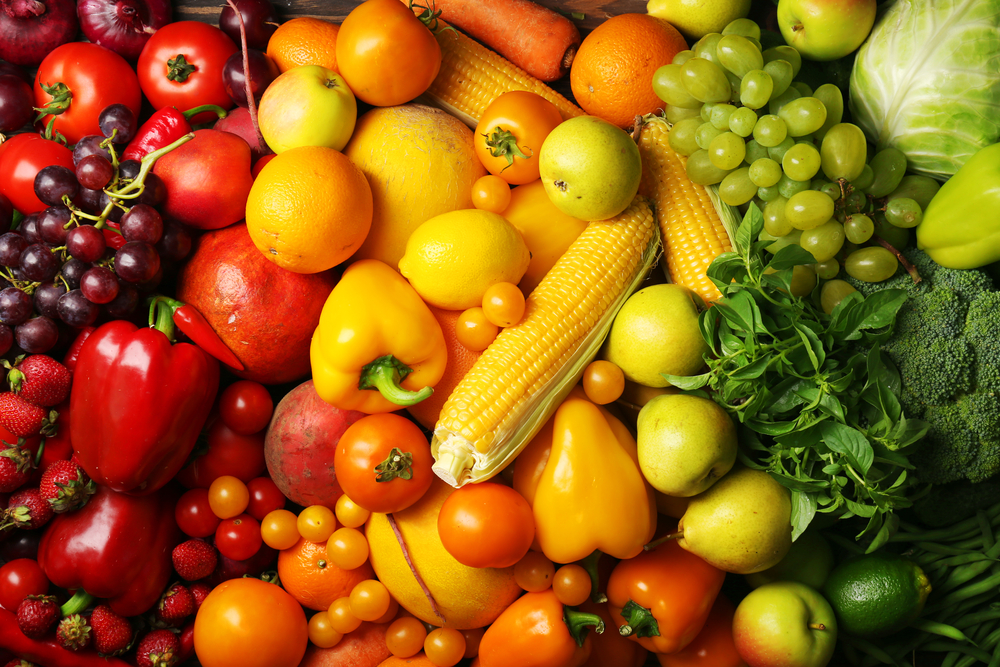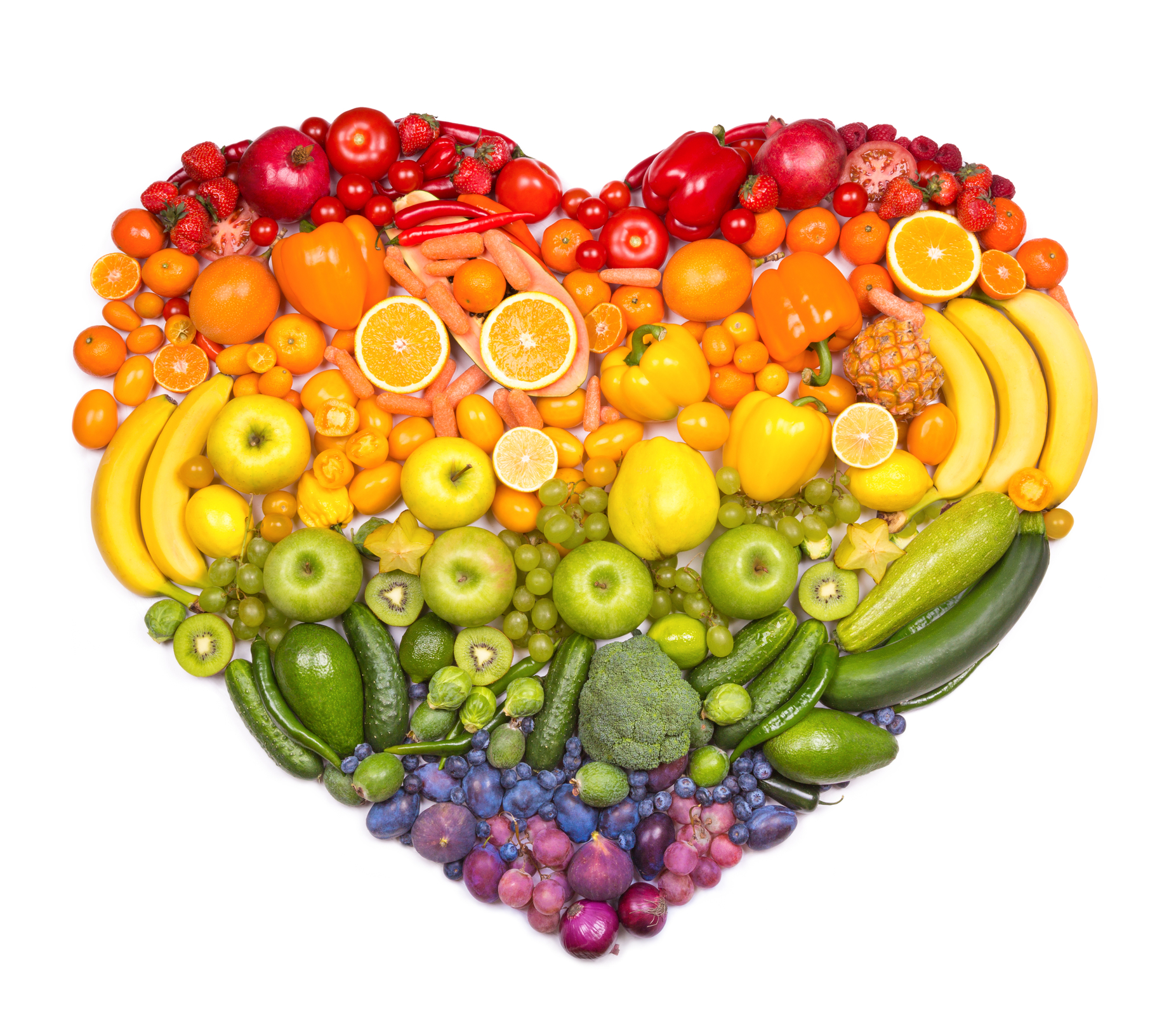Variety is the Spice of Life
Feb 1, 2019
Posted by: Monique Parker

Do you do your grocery shopping online? And do you normally re-order the same products out of convenience? If the answer is yes, you’re at risk of having quite a restricted diet. And if you’re having a restricted diet, you’re at risk of becoming under-nourished. I bet you weren't expected this, living in a country where there is plenty of food available, all year around.
This undernourishment is not about calories, as in the Western world, we don’t have a lot of trouble getting our required calorie-intake. The undernourishment is related to micronutrients such as vitamins and minerals. Our bodies are not capable of producing most of the micronutrients, other than vitamin K2 that is made in the gut, and vitamin D that is produced in the skin. Vitamin B12 is also produced in the gut by bacteria but it is not available for absorption. However, what is produced in the body is not enough to function properly, so we also need to get these nutrients from a healthy diet, along with all the other micronutrients that we don’t produce ourselves.
Undernourishment can also be related to macronutrients: protein, fat and carbohydrates. Macro-and micronutrients are all needed by the body in order to survive and function properly.
People who are putting themselves on restricted diets by cutting out whole food groups, fussy eaters who only eat a very limited variety of foods, but also elderly people with poor appetite, dental problems, inability to prepare meals etc. are all at risk of undernourishment.
When you see the word ‘malnutrition’, your first thought is probably of starving children in developing countries but have a look at the World Health Organization’s description of malnutrition:
“Malnutrition refers to deficiencies, excesses or imbalances in a person’s intake of energy and/or nutrients. The term malnutrition covers 2 broad groups of conditions. One is ‘undernutrition’—which includes stunting (low height for age), wasting (low weight for height), underweight (low weight for age) and micronutrient deficiencies or insufficiencies (a lack of important vitamins and minerals). The other is overweight, obesity and diet-related noncommunicable diseases (such as heart disease, stroke, diabetes and cancer)”.
To be nourished and for your body to function, you need a certain amount of calories, depending on your sex, age, metabolism, size, activity level etc. The problem is that, especially in the West, people are consuming an abundance of ‘empty calories’, calories that are derived from foods that contain no nutrients, i.e. highly processed foods with added sugar. What you need are nutrient-dense foods, like vegetables, fruit, whole grains, meat, dairy, nuts and seeds.
And this is where we get to the variety bit…..
Your diet should consist of all three macronutrients: protein, fat and carbohydrates. In what ration depends on what kind of diet you follow. An average diet should be about 50% fat, 20% protein and 30% carbohydrates. But it is very personal. For example, some people follow a ketogenic diet that is high in fat (as much as 75-80% of the total calorie intake), moderate in protein and low in carbohydrates. While others could be on a low-fat diet, where fat only takes up 20-35% of the total calorie intake. As mentioned before, it is all very personal.
When it comes to the micronutrients such as vitamins, minerals, antioxidants, phytonutrients etc. it is vital that your diet is as varied as possible, as different foods have different nutrients, and the content of the nutrients can also differ a lot. For example red peppers are very high in vitamin C, but mushrooms don’t contain a lot.
You may have heard the phrase “eating a rainbow”. This refers to the variety of vegetables and fruits in the colours of the rainbow, where every colour has specific phytonutrients. Phytonutrients are plant chemicals with many health benefits. Think of resveratrol from the skin of red grapes (and found in red wine as such) which is an antioxidant. Or carotenoids, found in red, orange and yellow coloured fruits and vegetables, that are powerful antioxidants too.

Apart from being a requirement for optimal health, ‘variety is the spice of life’, it makes your meals more enjoyable. What is not to like about a different colourful plate of nourishing foods every day?
Break old habits, try new foods and make sure eating will be a colourful affair. This way your body will be getting the nutrients it needs to function properly.






